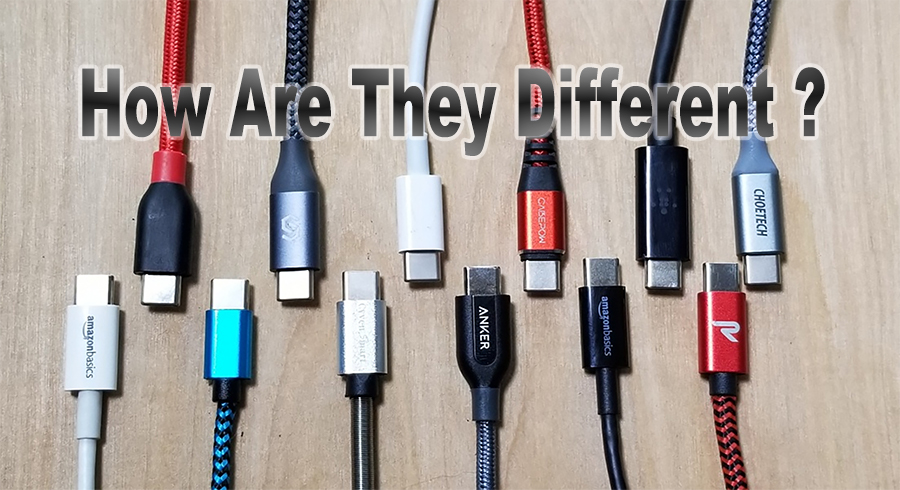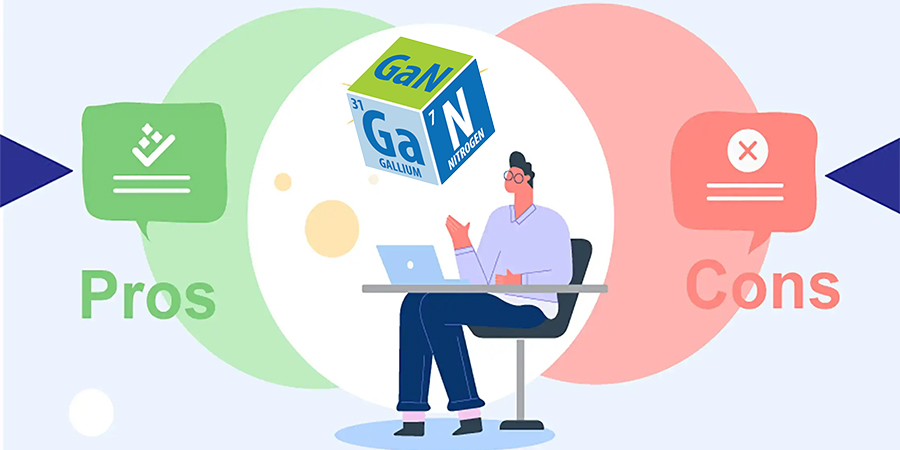Understanding Chargers and Cables: What are 3A charging cables, 5A charging cables, and 6A charging cables? Relationship with chargers
Have you ever grabbed a cable or charger and thought, "Wait, what does 5A mean again?" Or maybe your phone gets hot when charging and you're wondering if it's the cable, the charger, or just your phone screaming for a break.
If you're in the business of tech—whether you're a retailer, brand, e-commerce seller, or in phone charger wholesale—knowing your amps, connectors, and charger types isn’t just nice to have. It’s essential. This guide is your go-to resource to make smart charging decisions (with zero technical fluff).

🔌 3A vs 5A vs 6A Charging Cables — What Do These Numbers Mean?
You’ve seen them: 3A cables, 5A cables, 6A cables. But what is 3A? What is 5A? What is 6A?
In simple terms, these numbers refer to the amperage—the amount of current a cable can safely handle. The higher the amperage, the faster the charging (if your device and charger support it).
✅ 3A Charging Cables: The Everyday Hero
·What is 3A? 3 Amps of current.
·Output: Up to 60W (at 20V).
·Best for: Phones, tablets, earbuds.
·Common use: Think of it as the Toyota Corolla of cables. Reliable, widely compatible.
⏳ Limitation: Slower when charging high-capacity devices.
✅ 5A Charging Cables: The Mid-Range Charger Rocket
·What is 5A? 5 Amps = up to 100W.
·Common types: 5A USB C cables, USB Type C 5A cable, Type C cable 5A.
·Used for: Laptops, tablets, phones with fast-charging support like Motorola’s fast charging feature.
💡 Bonus: Great when paired with a 65 watt charging cable or 100 watt charging cable.
✅ 6A Charging Cables: Power Overload (in a good way)
·What is 6A? 6 Amps = ultra-fast charging, typically up to 120W+.
·Use case: Gamers, high-performance devices.
·Example: If you’re using a 6A charging cable with the right charger, say goodbye to 2-hour waits.
📌 But remember, your charger input types must support this output—or it’s like trying to run a sports car on bicycle tires.

🔋 GaN Charger Meaning – The Future of Charging Is Here
We see “GaN chargers” everywhere, but what exactly are they?
🔍 GaN = Gallium Nitride
Instead of traditional silicon, GaN chargers use a more efficient, compact material. And yes, it’s a game-changer.
🔋 Benefits of GaN Chargers
·Smaller size – Travel-friendly.
·Higher power – Supports up to 240W PD (USB Power Delivery).
·Faster charging – Especially with rapid charging cables like 5A/6A.
🚀 Pair a GaN charger with a 100 watt cable and you're flying.
❌ A disadvantage that isn’t a disadvantage?
· Price: A bit more expensive than a typical PD charger.
· Compatibility: Not all devices can take full advantage of GaN’s power – for now (but most are already compatible).
However, if you’re in the mobile charger wholesale business, or are building a charger-centric brand, this is already a trend.
Here you can also learn about the differences between GaN and PD chargers.
🔗 USB-A vs USB-C vs Lightning – Which Connector Rules?
If you’ve ever googled “usb vs usb c charger” or “lightning or usb-c connector”, this one’s for you.
🔹 USB-A: The Classic Veteran
·Use case: Still used in many legacy chargers.
·Limitation: Slower data and power transfer.
·Keywords to know: usb a vs usb c charger, usb vs usb c charging.
🔹 USB-C: The All-Star
·Use case: Laptops, Android phones, iPads.
·Supports: Up to 240W with PD 3.1, perfect for oem apple charger or samsung oem charger compatibility.
📈 It's also dominating the Samsung charger original space for new Galaxy models.
🔹 Lightning: Apple’s Private Club
·Use case: iPhones, some iPads.
·Pros: Compact, durable.
·Cons: Lower power delivery. Likely to be phased out as Apple moves toward USB-C.

⚡ OEM Chargers – Worth It?
If you’re targeting Samsung OEM charger, OEM Apple charger, or OEM Samsung charger listings, clarity is crucial.
OEM = Original Equipment Manufacturer
·Often made by third parties but meet the brand's specs.
·Lower cost than original, often bulk-ordered for e-commerce or wholesale.
🔋 Pro Tip: Always check wattage and amperage. That OEM charger may say “fast,” but does it handle 5A or only 2.4A?
The market is flooded with non-standard chargers and low-quality chargers. Perhaps a more careful distinction can avoid after-sales problems.
🌡 Why Does My Phone Get Hot When Charging?
If your phone gets hot when charging, here’s what could be going on:
·You’re using the wrong amperage cable (e.g., using 3A for a 5A phone).
·Your charger doesn’t match the cable power output.
·Background apps are draining battery while charging.
·Battery damage/swelling, etc. (maybe you need to check and replace the battery)
🧠 Fix it fast: Match a high-quality cable like a 5A USB C cable or 100 watt cable with a certified charger.
🧠 Final Thoughts: What to Do with All This Info?
If you’re in the B2B charger game—retail, OEM supply, or wholesale—you can’t afford to guess.
👉 Match the right charging cable with the right charger input types.
👉 Know your amperage labels: what is 3A, what does 5A mean, what is 6A, etc.
👉 Choose cables and chargers that meet both the power needs of market customers and their devices.
⭐Pay attention to the quality of the charger, which can save users a lot of trouble.
⚙ After layers of research, design your OEM charger
A fast charge isn’t just about speed—it’s about compatibility, safety, and long-term battery health.
🧩 Suggested Reading from Our Blog:
🔗 The Difference Between 3A and 5A Charging Cables
🔋 The Pros and Cons of GaN Chargers